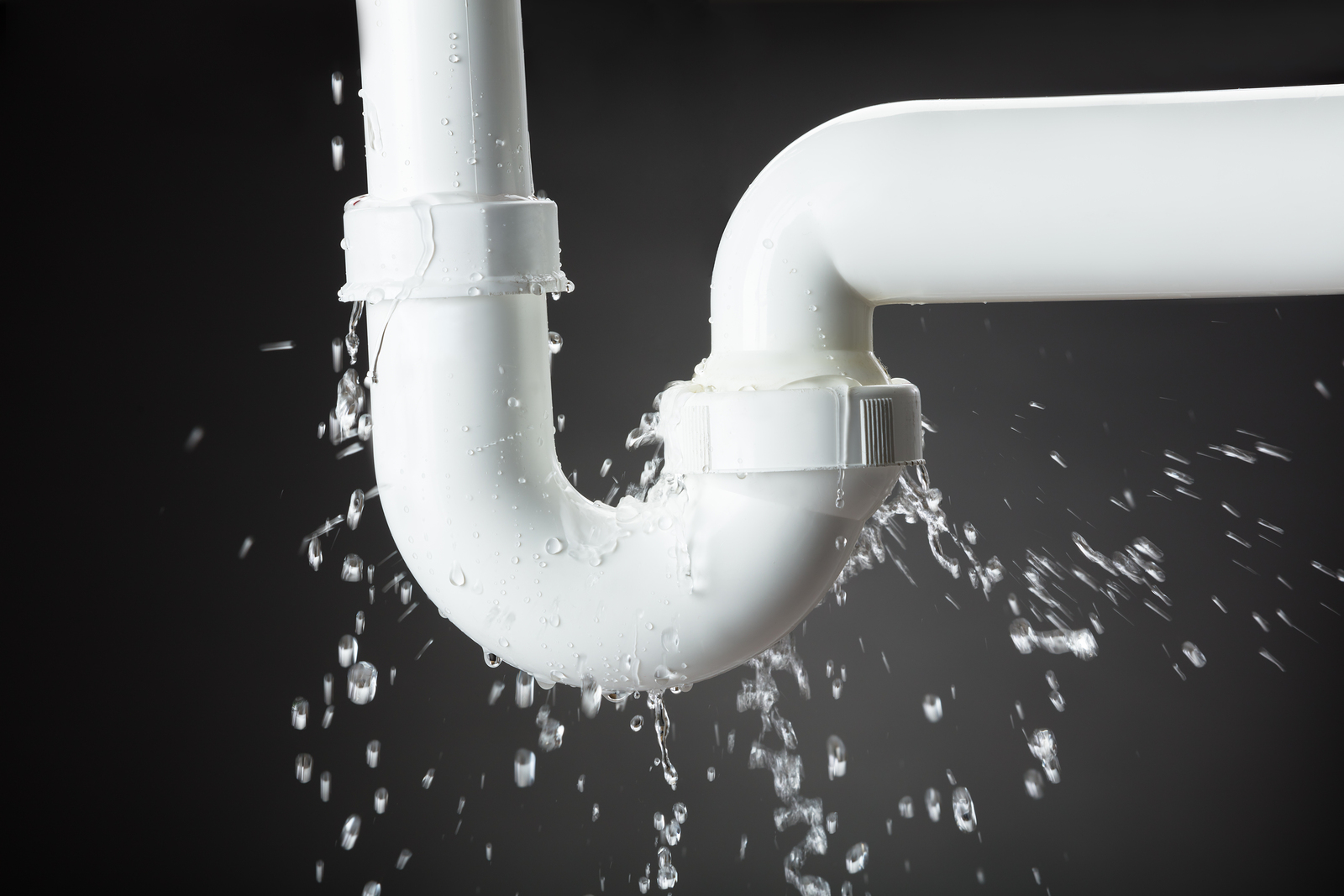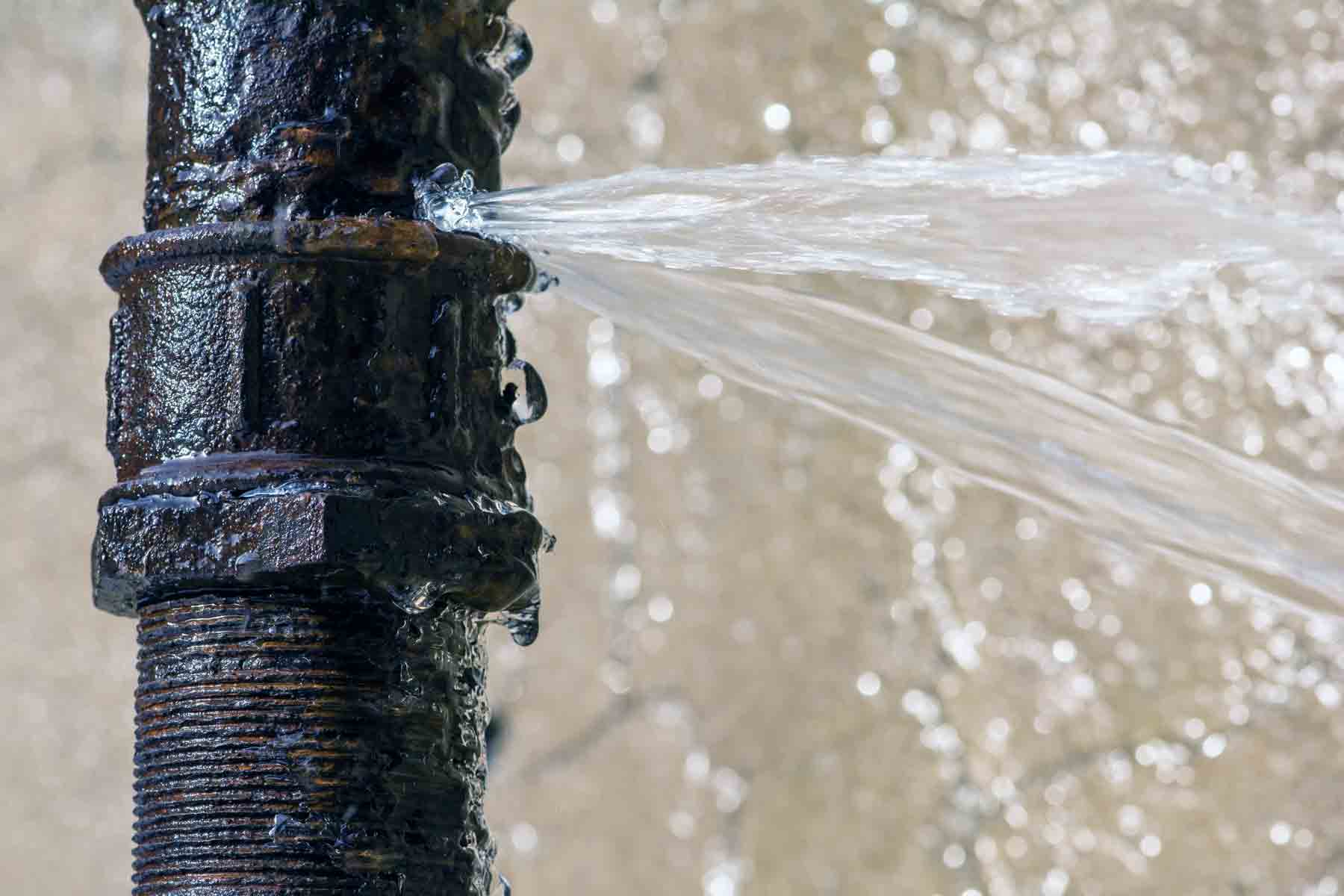How to Fix a Burst Pipe Yourself: A Step-by-Step Guide for Homeowners
How to Fix a Burst Pipe Yourself: A Step-by-Step Guide for Homeowners
Blog Article
Preventing Burst Pipeline: Essential Tips to Safeguard Your Pipes
Avoiding ruptured pipes is a critical problem for homeowners, specifically throughout cooler months when the threat of cold is heightened. Applying calculated actions such as appropriate insulation, routine evaluations, and preserving regular interior temperature levels can substantially decrease the possibility of pipe failing.
Understand Pipe Vulnerabilities
Recognizing pipeline susceptabilities is important for efficient plumbing upkeep and stopping pricey damages. Numerous variables contribute to the sensitivity of pipelines to ruptureds, consisting of product make-up, age, and environmental conditions. Older pipes, specifically those made from galvanized steel or polybutylene, frequently degrade in time, resulting in boosted risk of leaks and tears.
Temperature changes can also significantly effect pipe stability. In chillier environments, water entraped in pipes can ice up, broadening and putting in pressure on the pipeline walls, which may inevitably lead to a ruptured. Moreover, high water pressure can strain pipes, especially at joints and bends, increasing the chance of failing.

Insulate Piping Appropriately
Appropriate insulation of pipelines is critical for protecting against cold and subsequent ruptureds during winter (burst pipe). Protecting your plumbing system effectively safeguards against temperature drops that can result in expensive damage. Begin by identifying at risk locations where pipelines are revealed to outdoor temperatures, such as basements, attics, and exterior wall surfaces
Use foam pipeline insulation sleeves or wrap insulation tape around these areas to give a safety obstacle. Ensure that all areas of the pipelines, specifically those with minimal heat direct exposure, get adequate insulation. Pay special focus to joints and fittings, as these are much more at risk to freezing.
When shielding, it's crucial to select products that fulfill regional building ordinance and are appropriate for the details atmosphere. Fiberglass insulation is commonly suggested for its thermal resistance properties. Additionally, think about making use of heat cable televisions or tape in extreme conditions, which can be plugged in to supply extra warm
On a regular basis inspect protected pipelines for any signs of wear or damages, as compromised insulation can decrease its efficiency. By taking these aggressive actions, you significantly lower the risk of pipe ruptureds, making certain a reputable plumbing system throughout the winter season.
Maintain Constant Temperature Level
A steady indoor temperature is vital for avoiding burst pipes during the frigid months. When temperatures drop, water within pipelines can ice up, broadening and producing stress that may ultimately trigger the pipelines to ruptured. To mitigate this danger, home owners must preserve a regular temperature throughout their living area, preferably no reduced than 55 ° F(13 ° C)Using a programmable thermostat can assist handle interior temperature levels efficiently, ensuring that spaces with plumbing stay warm also when the residence is unoccupied. Pay unique attention to areas that are more prone to cold, such as attics, garages, and basements. Keeping closet doors open under sinks can also permit warmer air from the home to flow around pipes.
This small circulation of water can stop freezing by relieving pressure within the pipes. By carrying Learn More Here out these methods, home owners can dramatically reduce the risk of pipe bursts and secure their plumbing systems against the extreme wintertime components.
On A Regular Basis Check Pipes
Routine examinations of pipes systems are important for preventing burst pipes and preserving total home stability. During these examinations, it is important to take a look at noticeable pipes for signs of deterioration, leakages, or put on.
Furthermore, evaluating joints and connections is vital, as these points are frequently susceptible to leaks. Property owners must additionally assess water pressure levels, as extreme stress can strain the plumbing system and boost the risk of pipe bursts.
Take into consideration scheduling specialist pipes evaluations at the very least as soon as a year, particularly prior to winter months, to ensure your system is prepared for colder temperature levels. By being aggressive in your strategy, you can protect your home versus the costly and disruptive repercussions of ruptured pipelines.
Know Emergency Procedures
Recognizing emergency situation treatments is important for each homeowner, specifically after performing regular plumbing evaluations. Being planned for a plumbing emergency can substantially minimize damage and save prices. First, locate your primary water shut-off valve; it is typically located near the water meter or where the primary line enters your home. Acquaint yourself with its procedure, as turning off the water system quickly can avoid comprehensive flooding.
Following, maintain necessary devices helpful. A pipes emergency situation kit should include a wrench, bettor, and towels, in addition to a flashlight and a pail for little leakages. In addition, consider having the call information for a trusted plumbing technician conveniently available, ought to the circumstance intensify beyond your control.
If you detect a leak or burst pipeline, quickly shut off the important source water supply and notify your plumbing. In addition, document the damages with photographs for insurance coverage functions. burst pipe. Understand the indicators of potential plumbing problems, such as unusual water stress variations or damp spots on wall surfaces
Eventually, positive knowledge and swift activity are essential in managing plumbing emergencies, ensuring your home remains safeguarded and minimizing prospective damage.

Final Thought
Finally, protecting against burst pipelines requires a complex method that consists of understanding pipeline vulnerabilities, proper insulation, preserving consistent interior temperatures, regular evaluations, and understanding of emergency treatments. By applying these essential strategies, the danger of plumbing failings can be dramatically reduced, thus making sure the long life and efficiency of the plumbing system. Aggressive procedures not just secure against prospective damage but additionally add to total water conservation and the security of building.
In colder climates, water caught in pipelines can freeze, exerting and increasing pressure on the pipe walls, which might eventually lead to a burst. When temperatures decline, water within pipelines can freeze, expanding and developing pressure that might ultimately cause the pipes to burst. By carrying out these methods, house owners can substantially reduce the threat of pipeline ruptureds and guard their plumbing systems versus the harsh winter aspects.

Report this page